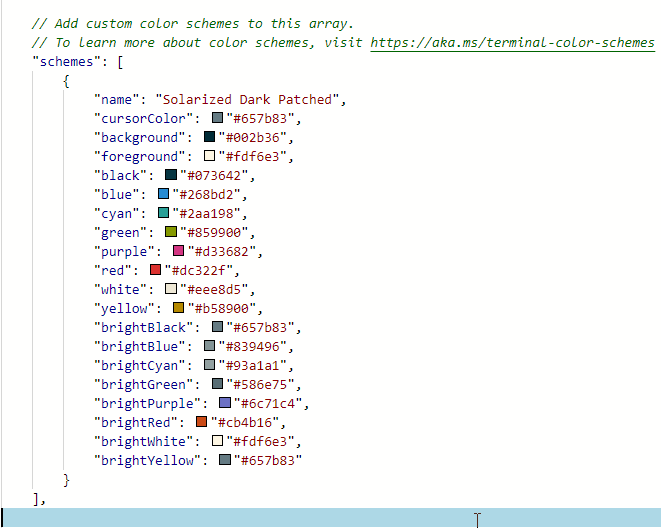
Install custom themes in Windows Terminal
Here's another tip for how to customize the experience in Windows Terminal. We're configuring the color scheme, or theme. Check out how to configure any custom colors, and pick some of the pre-defined ones that already look great!
This is another post in the series about fun and helpful Windows Terminal tips and tricks. Here's a list of the posts in this series.
- Enable transparent background in Windows Terminal
- Set images as background in Windows Terminal
- Set the default starting directory in Windows Terminal
- Install custom themes in Windows Terminal
- Using third-party terminals within Windows Terminal
- Making Windows Terminal look awesome with oh-my-posh
How to install a custom theme
Let's take a look at how to install custom themes in your Windows Terminal.
Again, we head over to the Windows Terminals Settings. Either click the Settings drop-down in the tab bar, or hit Ctrl+, (on Windows). This brings up your settings.json file, and you can quickly make any modifications you need.
Here's an example of implementing a custom color theme in the json file. You modify the schemes array and enter one or more themes here. Later, we will refer to the theme by the name - in the example below, that is Solarized Dark Patched.
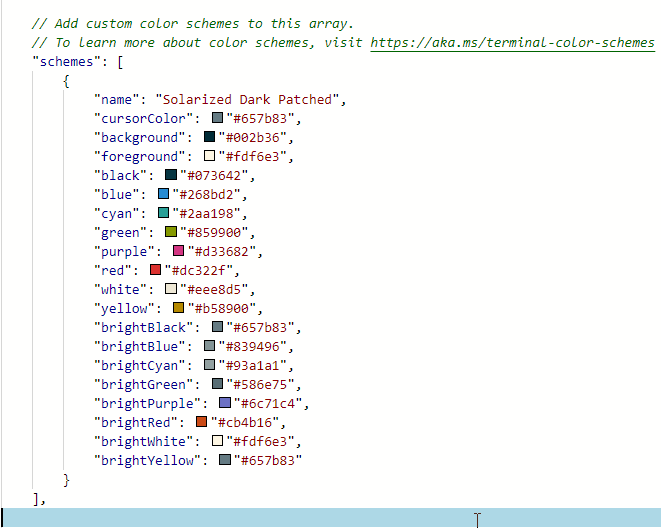
If you, like me, don't want to customize the theme by hand - there's a plethora of existing themes in the wild.
Where can I find themes?
I really like the themes available at terminalsplash.com. While there are many more sites and repositories with themes, these are a good starting point if you're looking to customize your daily Windows Terminal use.
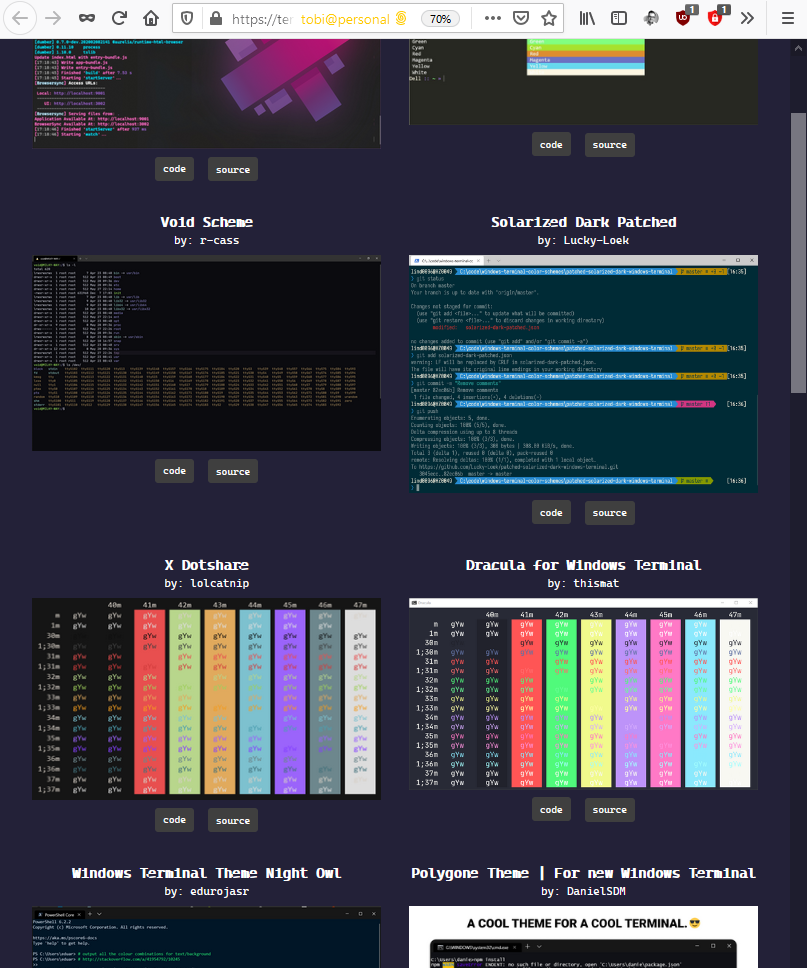
Clicking on "Code" under a theme gets you the color configuration.
{
"name": "Solarized Dark Patched",
"cursorColor": "#657b83",
"background": "#002b36",
"foreground": "#fdf6e3",
"black": "#073642",
"blue": "#268bd2",
"cyan": "#2aa198",
"green": "#859900",
"purple": "#d33682",
"red": "#dc322f",
"white": "#eee8d5",
"yellow": "#b58900",
"brightBlack": "#657b83",
"brightBlue": "#839496",
"brightCyan": "#93a1a1",
"brightGreen": "#586e75",
"brightPurple": "#6c71c4",
"brightRed": "#cb4b16",
"brightWhite": "#fdf6e3",
"brightYellow": "#657b83"
}
If you want custom background images, you click "Source" to go to the GitHub repo of the theme, and you can download any resources including the background images from there.
To apply the new color scheme to your Windows Terminal, modify the colorScheme property and point it to the name of the theme you just added to your file.
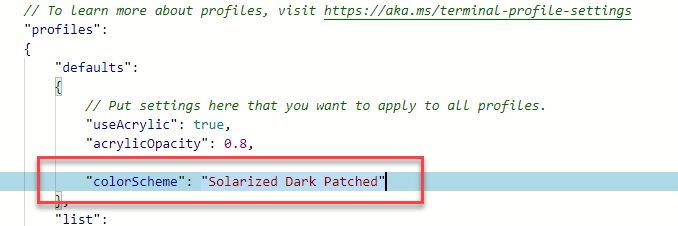
Save your settings file, and your Windows Terminal is refreshed with the theme of your choice.
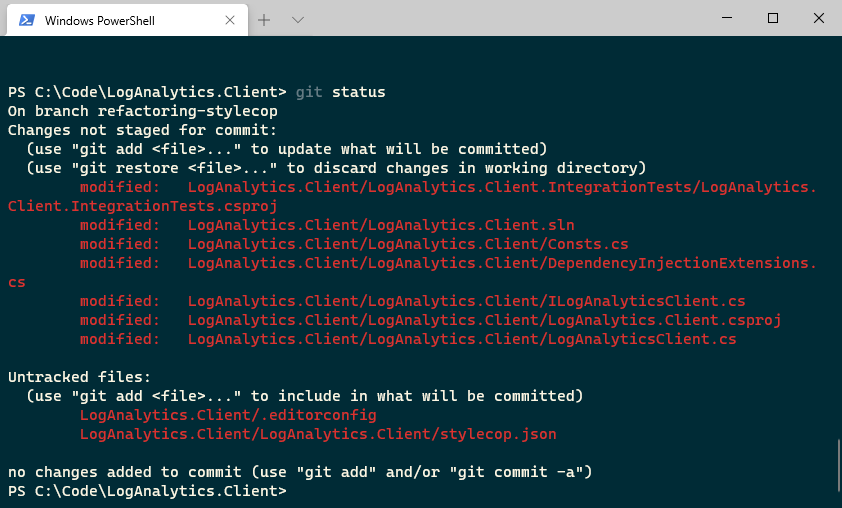
Granted, it still doesn't look like much. That's why there's more tips ahead. If you want to see the final Windows Terminal I'm using, check out the post on how to make the Windows Terminal more awesome.


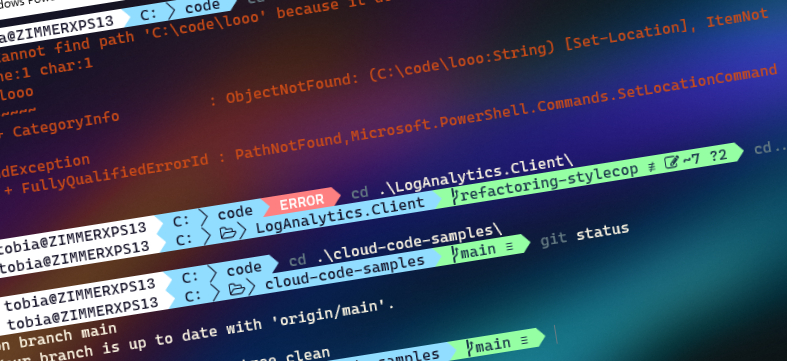
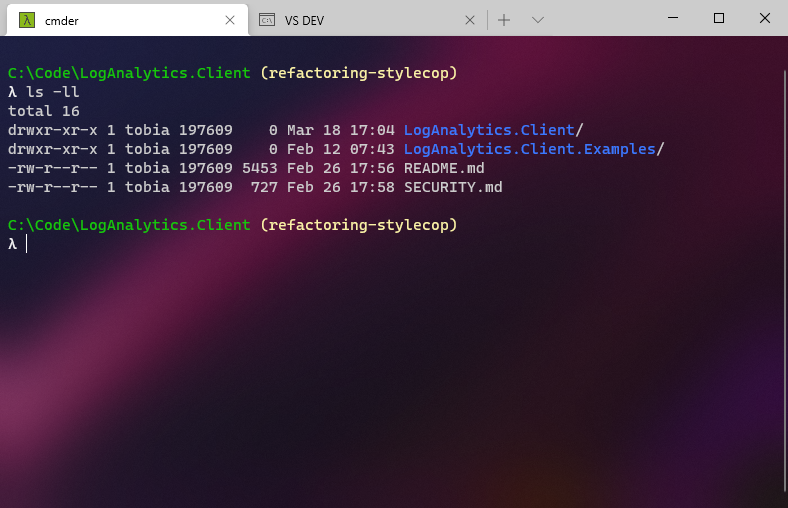

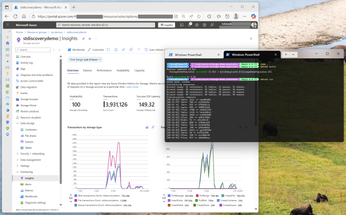

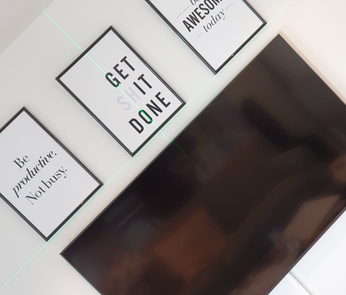
Recent comments